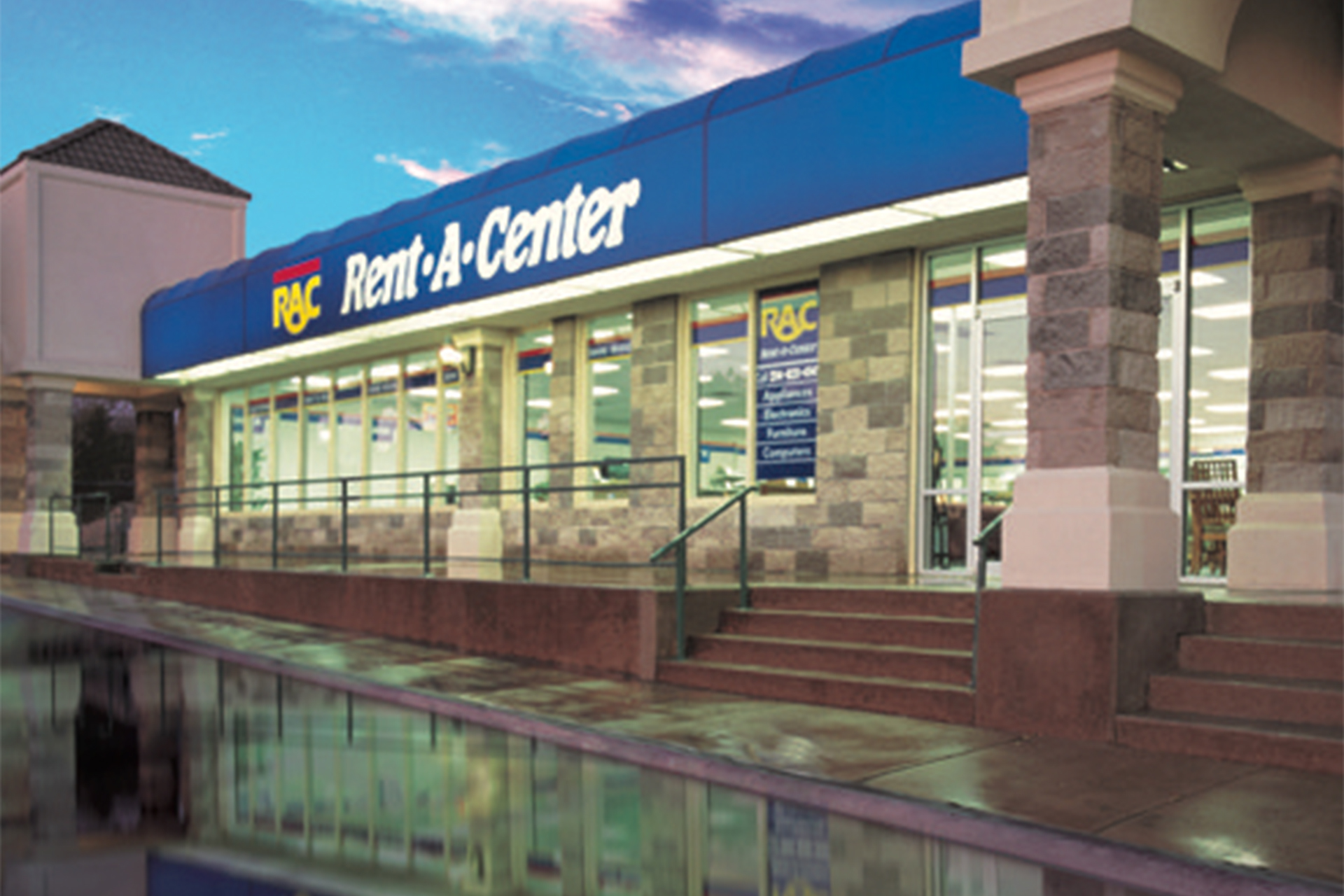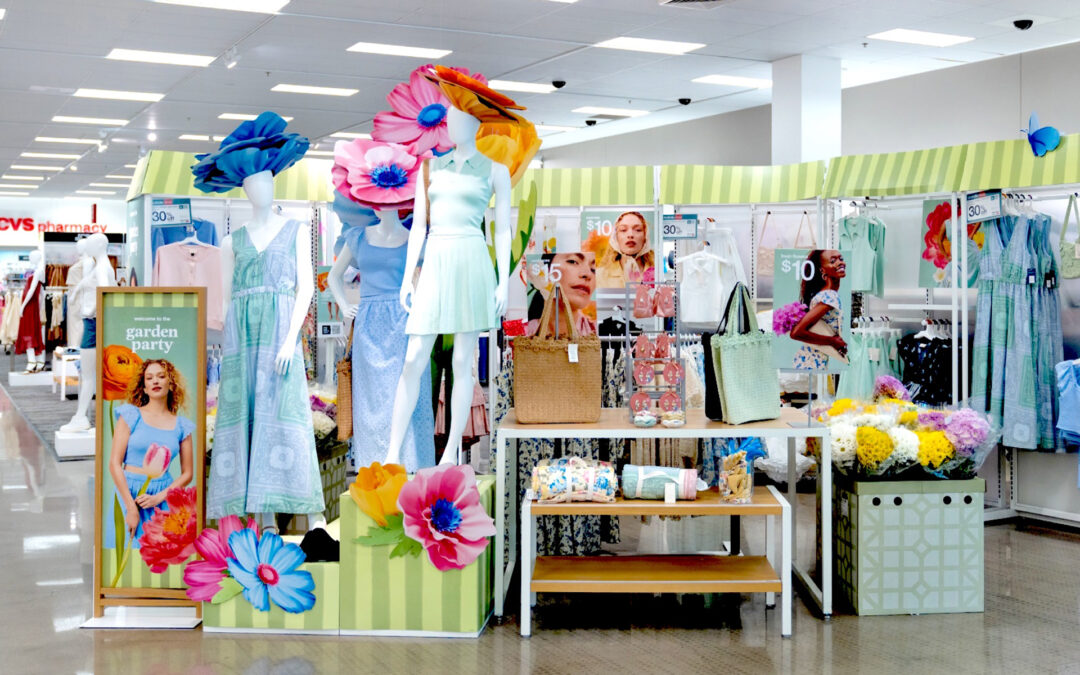In the second quarter, Rent-A-Center saw earnings slip as inflation squeezed its lower-income customers, but it still managed to profit better than Wall Street expected.
Adjusted diluted earnings share beat a Yahoo Finance-published analyst consensus estimate of 99 cents.
Comparable sales in the company’s Rent-A-Center business slipped 3.3% in the quarter year over year while comps at the Mexico business gained 7.3%. In the 2021 quarter, comps gained 16.6% and 21.6% year over year, respectively.
Consolidated revenues were $1.07 billion, down 10.3% from the 2021 quarter, primarily due to lower merchandise sales revenue and rental revenues versus the year-past period. Merchandise sales revenue declined year-over-year in the quarter primarily due to reduced use of early payout options likely due to the pressure on discretionary income from recent high rates of inflation and the wind-down of COVID-19-related government stimulus programs. The Acima Segment, which operates a virtual lease-to-own platform, was the primary contributor to the decrease in rental and fee revenues, resulting from lower gross merchandise volume in recent quarters and higher reserves on receivables as compared to the 2021 period.
Operating profit was $58.1 million versus $106.5 million in the year-earlier quarter. Adjusted operating profit was $111.8 million versus $168.3 million in the year-previous period.
In announcing the financial results, Mitch Fadel, Rent-A-Center CEO, said, “Second quarter results were at or above the high end of the guidance ranges we provided in May, and we met our key objectives for the first half of the year, which were to optimize Acima’s underwriting approach for the current environment, maintain year-over-year portfolio growth for the Rent-A-Center Segment, and manage costs to support profitability in this challenging environment. While we have executed well in areas of the business that we control, external factors like inflation, economic growth and discretionary income worsened during the first half of the year and into the third quarter. Assuming the current external environment continues for the remainder of the year, we believe the negative effect on consumer demand, merchant partner traffic and customer payment behavior would cause us to fall short of the full year 2022 financial targets that we introduced in February. Consequently, we are lowering our full-year 2022 financial targets.”
Still, he added, “Despite these external headwinds, we still expect a sequential increase in profits for the second half of the year, and with our adjustments to our underwriting approach, we believe the company is well positioned to address the growing need for alternative payment solutions in the quarters ahead. Longer-term, we remain very optimistic about our business, strategy, and the compelling shareholder value creation opportunities we see in our platform of solutions designed to help financially underserved consumers access products that enhance their quality of life.”





